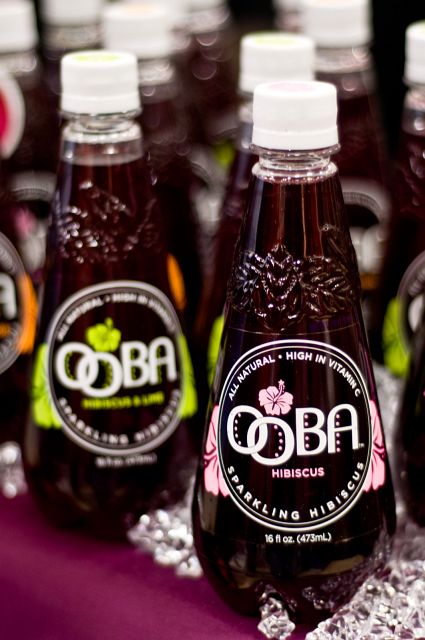When you know what to plant next to this or...
Hibiscus Culinary & Medicinal Purposes: Are Hibiscus Edible or Not?
Hibiscus as a genus of flowering plants can be propagated from cuttings and seeds. Most commonly they are planted during early spring or summer, and are grown either outdoors (within warm temperature zones) or indoors (as houseplants). The hibiscus ornamental beauty is mainly part of hibiscus care guide, which includes the following: full sun, pruning once in a while, decent soil (well-drained), fertilizing (every 15 days), and pinching back the main growth (speeds lateral growth making the plant bushier).
In addition to that, these flowers are used for both medicinal and culinary purposes.
For instance, hibiscus flowers (blooms) are traditionally used for making tea and extracts (in Asia and Africa), which have the following antibacterial & antioxidant properties: reduce blood pressure/low-density lipoproteins/cholesterol, good for heart, skin (improve elasticity, heal wounds and sores), circulation, etc. Except for making herbal tea from hibiscus, its culinary uses also include other recipes: jams, syrups, salad dressings, relish, sauces, etc.











